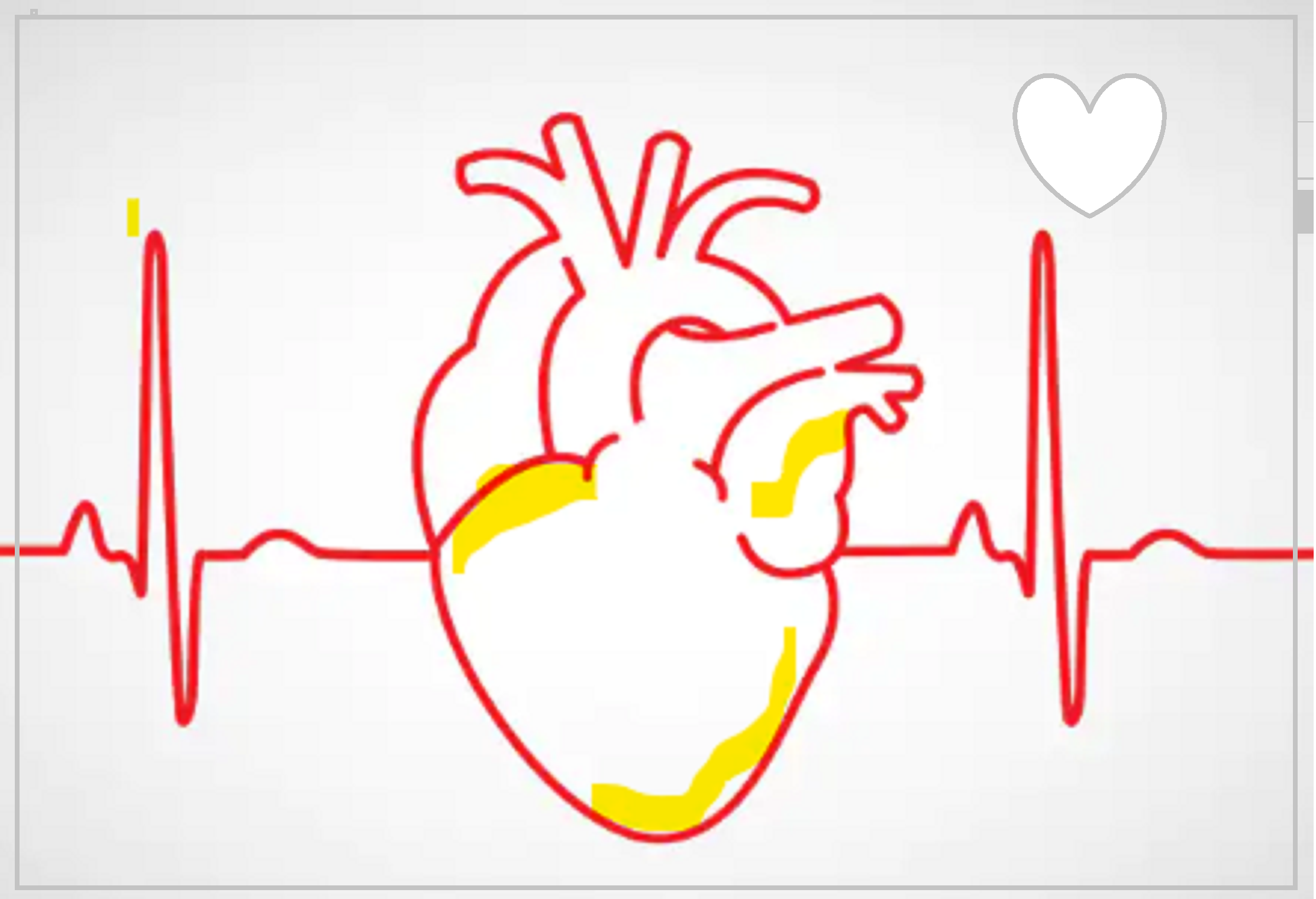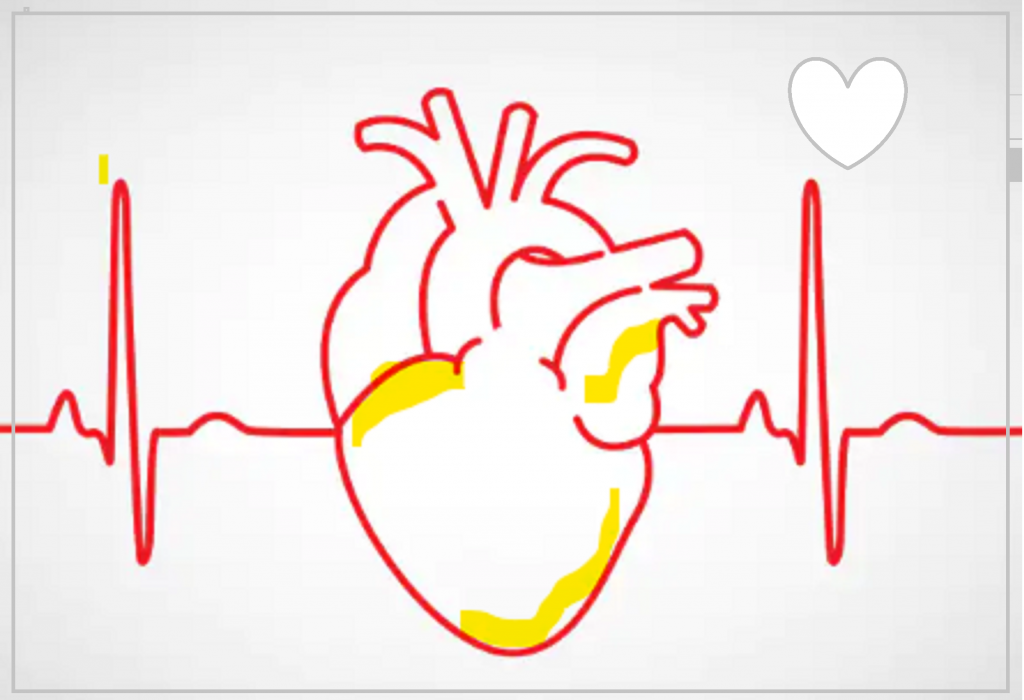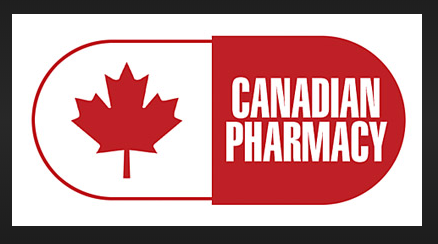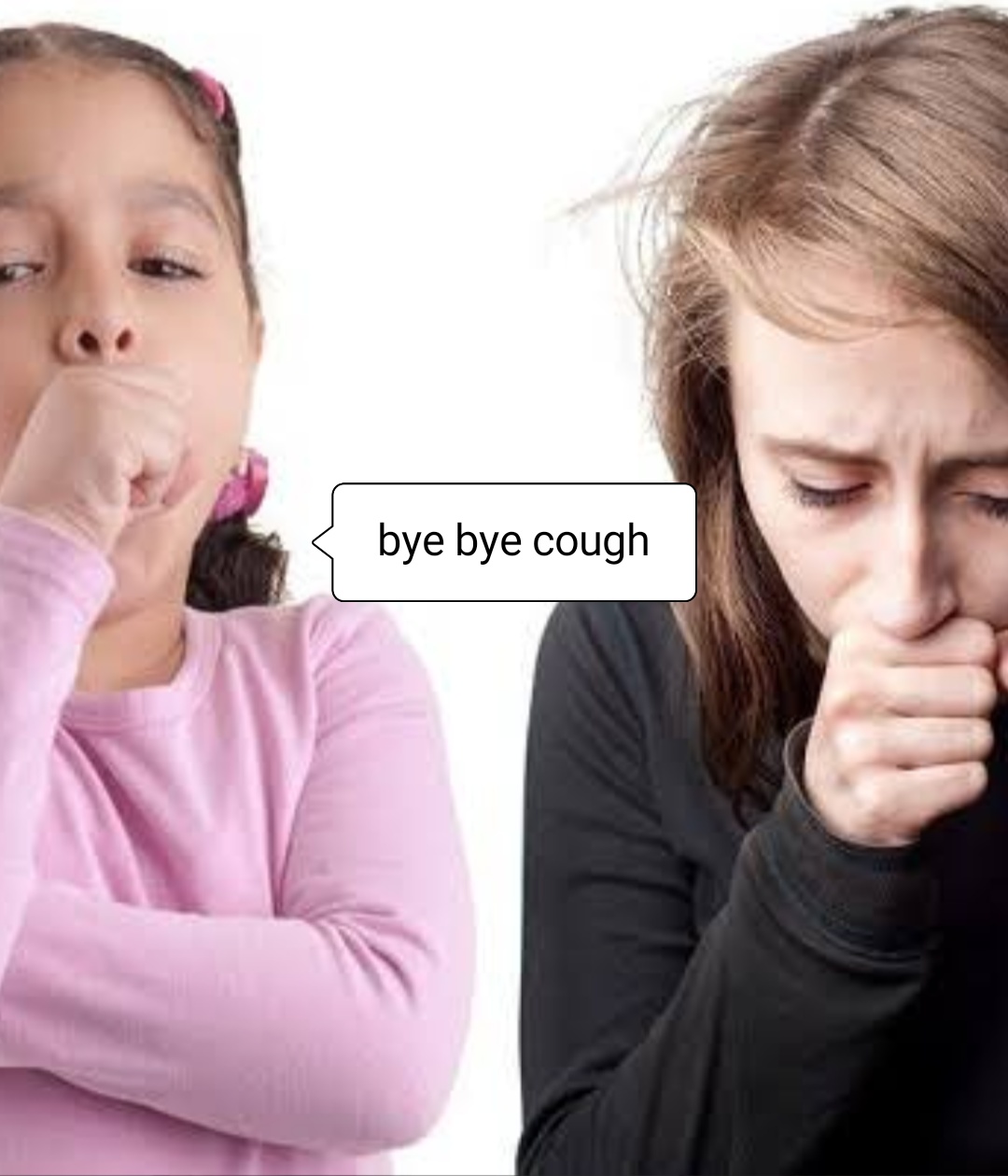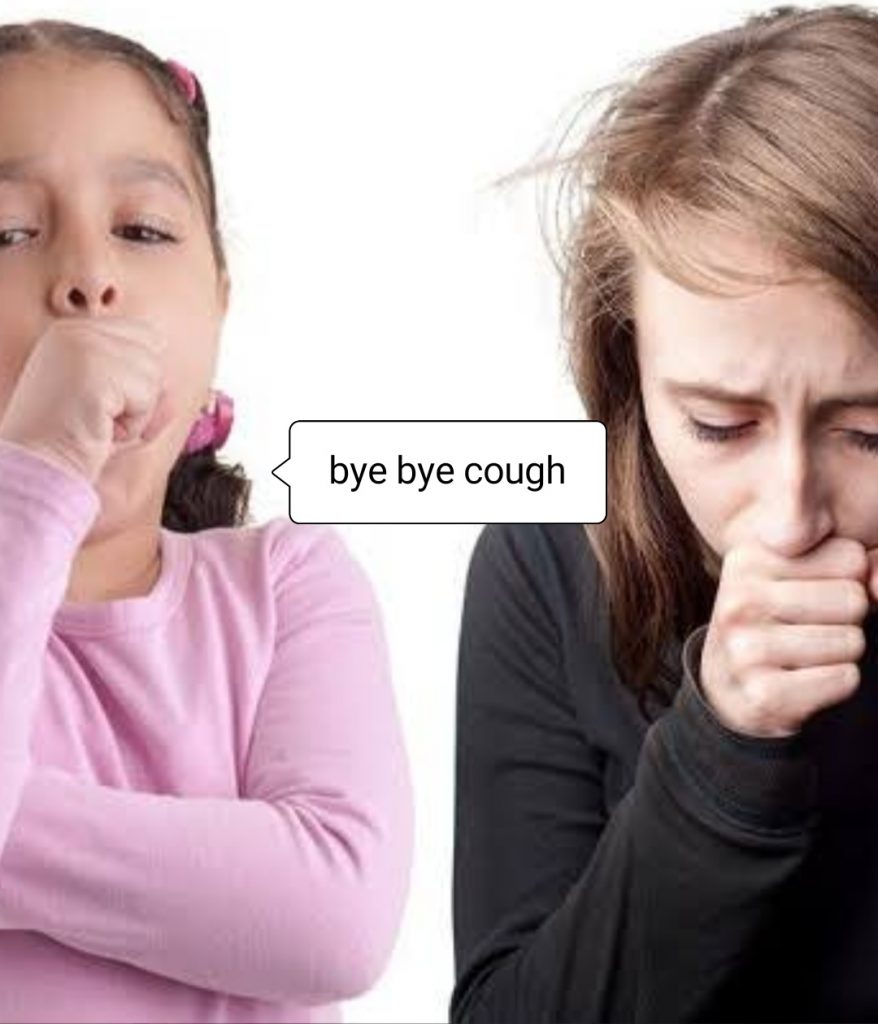Biodegradable nanoparticles:
Biodegradable Nanoparticles for Vaccine Delivery and Adjuvant:
Nanotechnology has been applied to improve drug delivery and to develop
Nano-scaled drug delivery devices. Nanoparticles have been developed as an important strategy to deliver low molecular-weight drugs, as well as biomacromolecules such as proteins or DNA. In particular, polymeric nanoparticles with entrapped antigens represent an exciting approach to control the release of vaccine antigens and to optimize the desired immune response via selective targeting of the antigen to antigen-presenting cells.
For the past two decades, the synthesis and clinical applications of Core-corona type polymeric nanoparticles have been studied and they composed of hydrophobic polystyrene and Hydrophilic macromonomers (Fig. 1). These nanoparticles have applications in various Technological and biomedical fields, because their chemical structures and size can be easily controlled.
HIV-1-capturing core-corona type polystyrene nanoparticles exhibited great potential as vaccine delivery systems for the induction of HIV-1 specific immune responses2). Moreover, based on these research, we attempted to develop a new biodegradable nanoparticles composed of hydrophobic poly (γ-glutamic acid) derivatives (γ-hPGA) for protein-based vaccine delivery.
Protein-encapsulated γ-hPGA nanoparticles could enhance the protein delivery to dendritic cells (DCs). These γ-hPGA nanoparticles also had adjuvant activity for DC maturation4). Thus, γ-hPGA nanoparticles have significant potential as an antigen carrier and adjuvant for DCs. Moreover, vaccination with antigen-encapsulated γ-hPGA nanoparticles dramatically enhanced cellular immunity5). This system provides a novel delivery tool and an efficient antigen delivery and adjuvant systems in the development of protein-based vaccines (Fig. 2).
NANO-BEADS:
- Recently, the use of solid inert beads of nanometric size (0.04–0.05 µm) was reported as a very promising strategy to achieve efficient antigen delivery to APC, generating potent and combined humoral and CD8+ T cell immunity.
POLY (LACTIDE-CO-GLYCOLIDE) MICROPARTICLES:
- Surface charged poly (lactide-co-glycolide) (PLG) microparticles with surface adsorbed antigen(s) can also be used to deliver antigen into APC.
- These are biocompatible and biodegradable microspheres of nanometer-micrometer size able to incorporate different antigens.
- One of their advantages is the capacity to manipulate the degradation kinetics by varying the relative concentration of their components, thereby controlling the time of antigen release
- PLG microparticles are effective for the induction of cell-mediated immunity.
- Alternative approach involving charged polylactide co-glycolide (PLG) microparticles with surface adsorbed antigen(s) can also be used to deliver antigen into APC.
- The surface adsorbed microparticle formulation offers an alternative and novel way of delivering antigens in a vaccine formulation.
- The preparation of cationic and anionic PLG microparticles which have been used to adsorb a variety of agents, including plasmid DNA, recombinant proteins and immunostimulatory oligonucleotides resulted in the induction of significantly enhanced immune responses in comparison to alum.
Nucleic acid based adjuvants:
- Bacterial DNA shows direct immunostimulatory effects on immune cells in vitro. Thisimmunostimulatory effect is due to the presence of unmethylated CpG dinucleotides.
- CpG motifs are recognized by the Toll-like receptor (TLR) in mammalian cells, inducing the secretion of type-1 interferons and IL-12 by cells of the innate immune system, promoting a Th1 cellular response and preventing allergic responses. Therefore, CpG-containing DNA-based molecules would be useful for therapeutic applications and also for adjuvanting other types of vaccines.
VIRUS-LIKE PARTICLES:
- Virus-like particles are inert, empty capsids of viruses, which contain no DNA/RNA from the virus itself. However they retain the structure of a virus and they can be engineered to have antigens attached.
- Particles with similar size and shape to viruses and obtained by genetic engineering containing antigens from viral or non-viral sources are also regarded as VLPs. VLPs-displayed antigens are efficiently taken up by dendritic cells (DC) and induce potent immune responses after parenteral, mucosal and transcutaneous immunizations.
Mucosal adjuvants:
The most potent mucosal adjuvants have been shown to be the toxins derived from Vibrio cholerae or Escherichia coli, which should not be surprising since these organisms invade the body through the GI tract. Obviously too toxic for human use because they are the source of cholera or diarrhoea, heat labile enterotoxins have been tested in mice and shown to be potent adjuvants for orally or nasally administered influenza vaccine. The potency of heat-labile enterotoxin mutants may also be enhanced by formulation into bioadhesive particulate delivery systems, and this is an area under current exploration.
The main function of mucosal adjuvants is breaking tolerance and inducing an immune response.
- soluble small immunopotentiating mucosal adjuvants – CpG;Imiquimod and Resiquimod
- soluble protein immunopotentiating mucosal adjuvants – mutants ofheat-labile enterotoxin from E.coli
- Miscellaneous – bioadhesives e.g. chitosans, carbopol
CHITOSANS
Chitin is almost as common in nature as cellulose and is a main structural element of Crustacea, molluscs, and insects. Because it has limited solubility in industrial solvents, it has limited use; but when deacetylated under alkaline conditions it is converted to chitosan. Chitosan has terminal free amino groups distributed along its molecular chain giving it a higher chemical and biochemical reactivity and thereby allowing it to be applied in a number of areas, including cosmetics and drug delivery. While inexpensive and readily available commercially, this material is also claimed to be nontoxic, biodegradable, and biocompatible. One other advantage, less widely recognized, is that it is a mucoadhesive and it also appears to act as an immunoadjuvant which, in the context of vaccine delivery, might provide a considerable advantage. In addition, the adjuvanticity of chitosan can be enhanced by the addition of secondary adjuvants so; overall, this material is seen to be very promising.
Commercially chitosans can have molecular weights varying from 4 to 2000 kDa and vary in the degree of deacetylation from 66% to 95%. Because of the free amino groups chitosan behaves as a weak base, with a pKa of 6.2–7.0 and is insoluble in water or organic solvents. It is a polyamine and therefore dissolves in hydrochloric acid and various organic acids including acetic, oxalic, and lactic acids, thereby forming salts.
Chitosan salts are soluble in water, the solubility depending on the type of acid involved. For example, sebasic, phosphoric, and sulfuric salts are all less soluble and this provides a means of making dispersed insoluble particles of chitosan. In one method the chitosan powder is dissolved in a dilute acetic acid solution and poured into a solution of sodium sulfate, forming a fine dispersion of chitosan microparticles that can be collected and dried.
The stability of unmodified chitosan particles in an aqueous environment may be questionable and some authors have made covalent cross-linked chitosan microparticles by taking advantage of the formation of Schiff bases with the free amino groups using a reactive aldehyde such as glutaraldehyde. These cross-linked particles may be less soluble in water and they are more stable physically but need to be loaded with any drug only after the remaining glutaraldehyde is thoroughly washed out and neutralized with sodium metabisulfite.
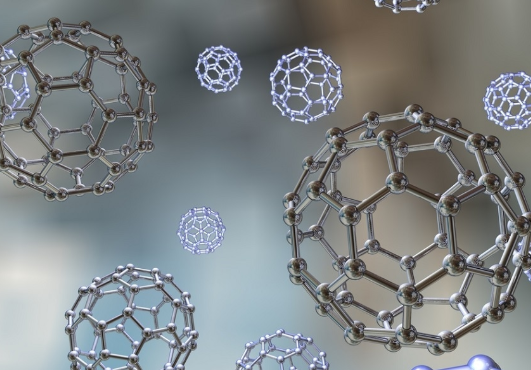
Cytokines:
- Cytokines are small proteins that are released in response to immunological stimuli and function in regulating immune activity and homeostasis.
E.g. GM-CSF, IL-12, IL-2, IL-4, IL-15, 1L-7, interferons, TNF-α.
- Granulocyte-macrophage colony stimulating factor (GM-CSF) enhances the immune response by activating and recruiting APC.
- However, the practical application of GM-CSF as an adjuvant has been limited by the requirement for multiple doses, toxicity and the immunogenicity of heterologous cytokines.
- On the other hand, the direct application of IL-12 and other cytokines as soluble proteins has proven effective as mucosal adjuvants.


